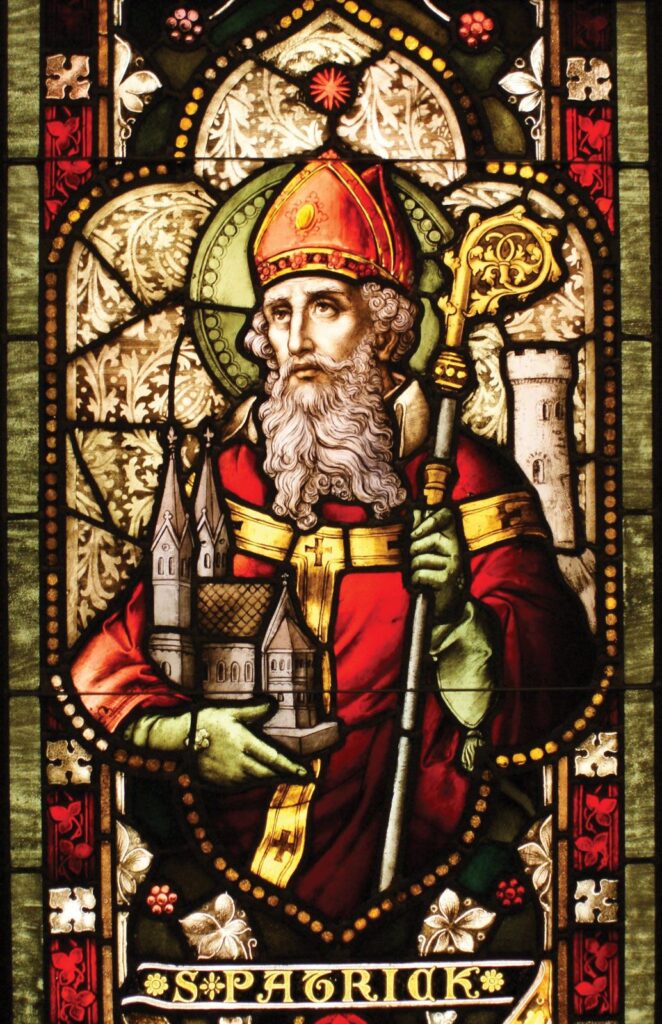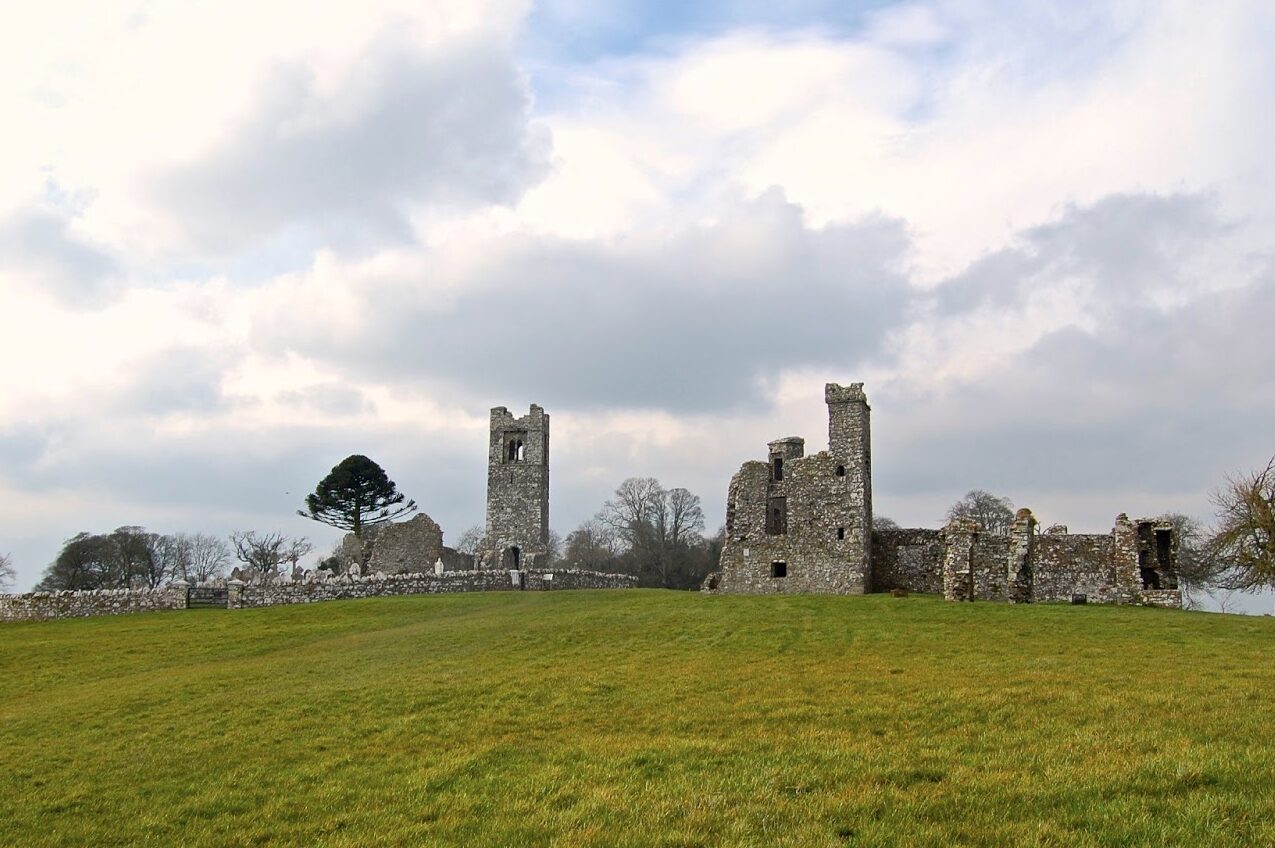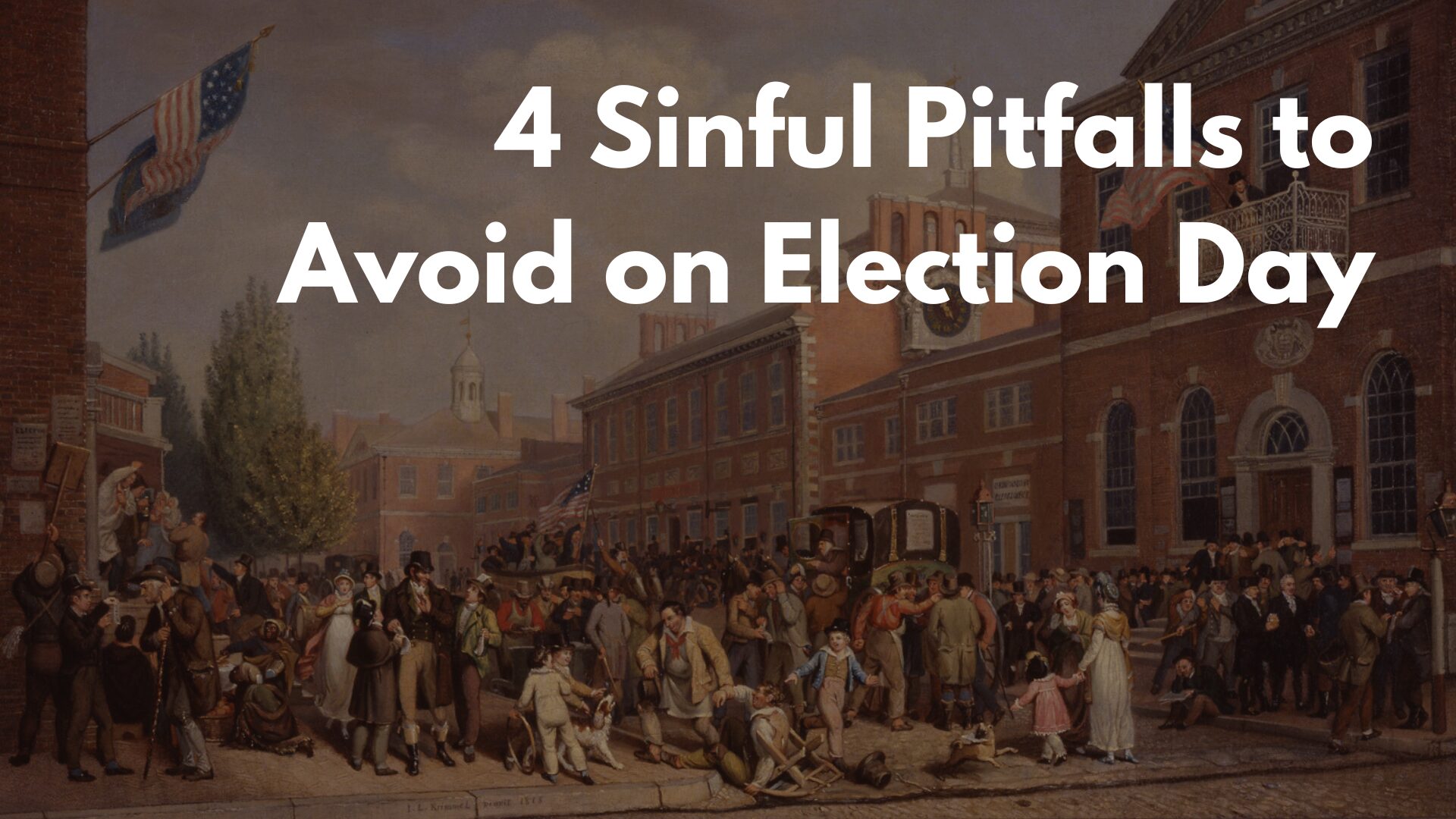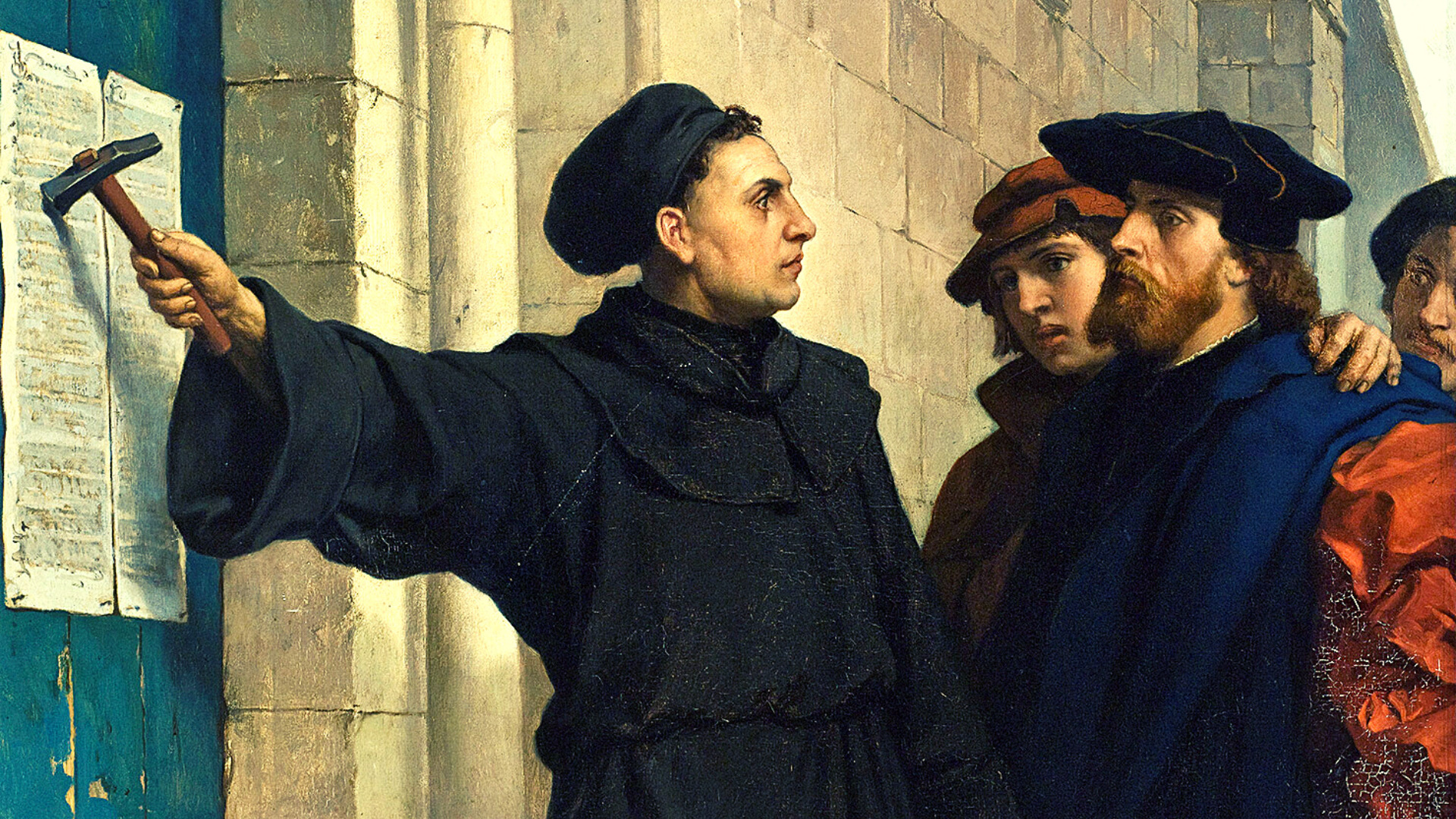A Forgotten Easter Song
It’s easy to identify Christmas songs. Classics like O Come All Ye Faithful and Joy to the World come to mind. But what about Easter songs? Some may cite the hymn, Christ the Lord is Risen Today by the Wesley brothers, or maybe Because He Lives by the Gaithers. But few, when they think of Easter, quickly associate it with certain songs the way they do for Christmas.
Even fewer recognize that Be Thou My Vision is an Easter Song–perhaps the best Easter song. Not only that, Be Thou My Vision is the oldest piece of music still sung in the Western world today. No older song–secular or religious–is still part of the modern musical zeitgeist.
Dating from the 8th century, its origin is murky. A quick look at a hymnal offers little help. Ambiguous entries like “Irish Melody” and “Anonymous” appear where the name of the composer and lyricist should go. But even though Be Thou My Vision‘s history is clouded, it is not unknown. The events behind Be Thou My Vision are as inspiring as the circumstances that preserved it to the twentieth century. Behind it all is a story of Easter: a message of the Resurrection, of new life, and of God’s life-giving grace.
The History Behind Be Thou My Vision’s Melody
The legend behind Be Thou My Vision begins with St. Patrick (or just, “Patrick.”). At sixteen, pirates kidnapped him from Britain and sold Patrick into slavery in Ireland. As he became an adult, Patrick assimilated into Ireland’s Gaelic language and customs. He also became a Christian. Eventually, Patrick managed to escape slavery in Ireland and return home to England, but before long, he defied all conventional wisdom and turned back to Ireland–the land of his slavery–to be a missionary.

What does all this have to do with Be Thou My Vision? On Easter Sunday in 433, the Irish King Lóegaire, who hated Patrick and Christianity and sought to kill him, issued a decree in observation of a pagan Druid festival that prohibited anyone from lighting a flame or candle in the region–a decree that intentionally fell on Resurrection Sunday.
Patrick, refusing to cow to the king, and choosing to honor no one but Christ on Easter, stood against Lóegaire. The morning of Easter, Patrick risked his life by climbing to the tallest hill, called Slane Hill, and lit a huge paschal bonfire, a traditional way of celebrating Easter in Medieval times.
As the the Irish King and his people awoke on Easter morning, 433, they could all see Patrick’s defiance of the king, and proclamation of the true light of Christ. He could not hide it. Patrick wanted to show the world that God’s light shines in darkness, and that Christ alone–and no Druid deity–deserves praise.
That event marks the beginning of Ireland’s conversion to Christianity. Legend says that even King Lóegaire eventually came to faith. For centuries after, it remained tradition in Ireland to light a bonfire on Easter morning in remembrance of Patrick’s faith.
During those centuries, an unknown composer wrote a melody in honor of Patrick’s heroism. Called, “Slane,” the now-forgotten composer named it after the hill where Patrick shined his light: Slane Hill. People still recognize the tune today.
Be Thou My Vision’s Lyrics
While the story behind the melody is legendary, the history behind the lyrics is much more obscure. Tradition tells us that an Irish poet from the 6th century, Dallán Forgaill, wrote a Gaelic poem entitled Rop tú mo Baile, in honor of St. Patrick. The poem borrows from another medieval poem, known as, “St. Patrick’s Breastplate“, Forgaill’s lyrics referred to God as his “battle shield” and “high tower,” phrases that still exist in the popular hymn today.

Sadly, the oldest existing copy of Forgaill’s poem comes from the 14th century, which included no indication of its author. Because no other historical evidence connects Forgaill to the poem, it’s impossible to verify the actual origin of the lyrics to Be Thou My Vision. As a result, most hymnals attribute the song to “Anonymous.”
As the years passed, the melody Slane, and the words Rop tú mo Baile fell into obscurity, drifting away into the hills of history. Its authors, once known, faded into the fogs of time.
Be Thou My Vision’s Resurrection
But in 1905, nearly fifteen hundred years after Saint Patrick lit a flame on Slane Hill, the forgotten hymn re-emerged. Mary Elizabeth Byrne, a 25-year-old university student, rediscovered a copy of the 14th-century poem Rop tú mo Baile and translated it into English for the very first time.
It that moment, the now-hallowed lyrics, “Be thou my vision… oh Lord of my heart… not be all else to me… save that thou art…” sprang from the forgotten pages of time and into the modern world. Later in 1912, an Irish woman named Eleanor Hull set the words to music. The melody she set it to was none other than “Slane,” the medieval tune written in honor of St. Patrick. The hymn became famous overnight and formally appeared in its first hymnal in 1919. In 2019, the world celebrated the 100th anniversary of the modern version of Be Thou My Vision.
Be Thou My Vision’s Meaning
The story behind Be Thou My Vision is the story of the Gospel. In God’s timing, He took what the world ignored and made it something beautiful. As far as man was concerned, music like Rop tú mo Baile and Slane were dead–nothing more but irrelevant fragments from antiquity… but God took what was dead and made it alive again (Rom. 6:4). He took what was ancient and made it new (2 Cor. 5:17). That’s the story of Easter.
Be Thou My Vision is the song of new life. It’s the song of the new life of Saint Patrick, who shined his light for Christ. It’s the song of the new life in Ireland, where dead paganism gave way to centuries of vibrant faith. It’s the song of new life in the sinner’s heart, where God shines His forgiveness in a dark soul (Jn. 1:5). And it is the song of new life for the hymn itself, which millions now enjoy again after centuries of obscurity.
No one’s story is done whose pages rest in the hands of the Father. No song is too old that it cannot be sung again in the choir of God’s grace. Be Thou My Vision is a reminder that man’s ways are not God’s ways. The mist descends in the hills and rises to the sky. The mossy mountains crumble and groan. But the grace of God shines bright, as it did on Slane Hill in the days of Saint Patrick.
Note: This article is revised from a previous version written by Pastor Stephen at Bayview Bible Church and used with permission.






Thank you for this beautiful history regarding one of my most favourite songs!
I now have an Easter song and will be lighting a bonfire resurrection morning.
Thank you Pam! We’re glad it was an encouragement to you!